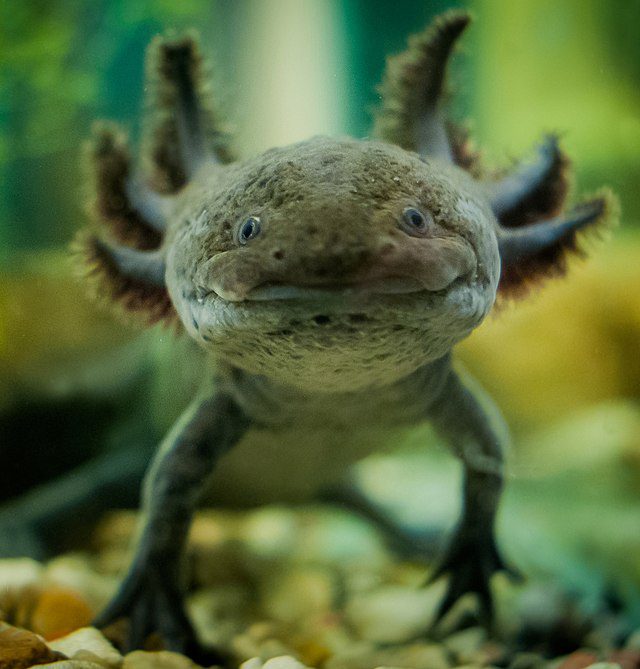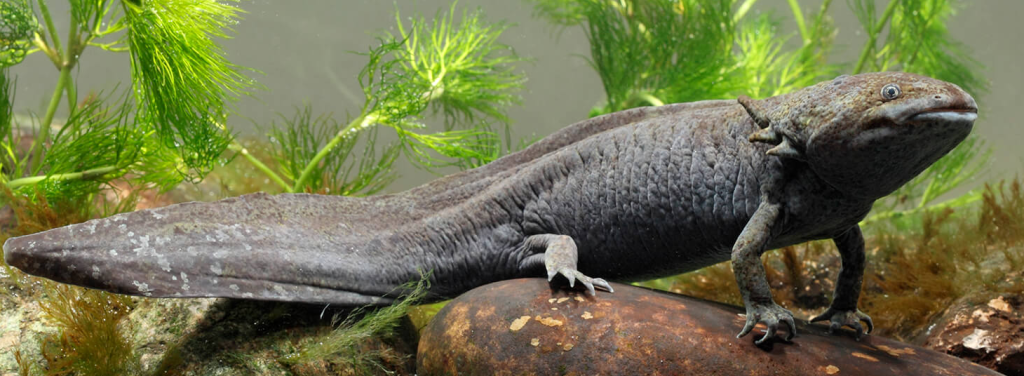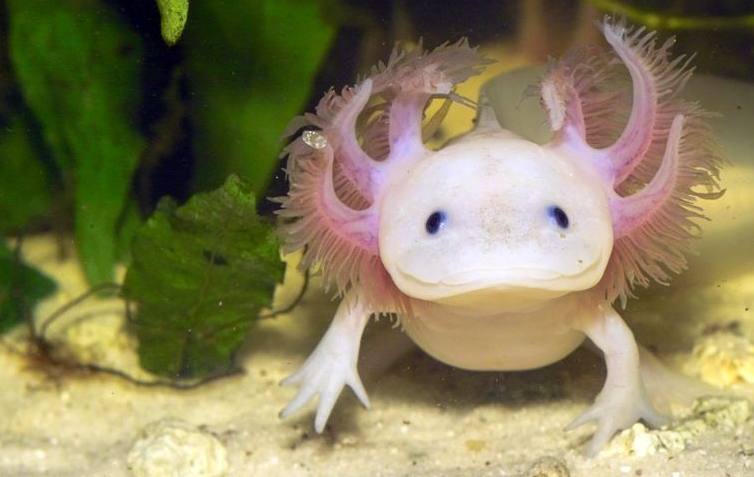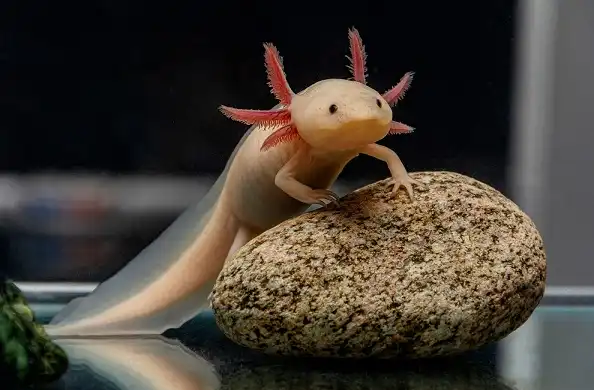The Incredible Regenerative Power of the Axolotl: A Miracle of Nature
In the wonderful world of nature, there are countless fascinating animals that surprise us again and again with their unusual features. One of these amazing animals is the axolotl (Ambystoma mexicanum), also known as the "Mexican walking fish" or "Mexican salamander."
These small amphibians, native to Mexico's Xochimilco Lake System, are best known for one extraordinary feature. Their ability to regenerate lost limbs and damaged organs.
This ability has made the axolotl a real sensation in the scientific world and provides us with valuable insights into the field of regenerative medicine. In this blog we dive deeper into the extraordinary world of the axolotl and its amazing regenerative ability.
A Peek into the Unique World of the Axolotl
The axolotl is an exceptional amphibian with a unique life cycle. Unlike most other amphibians, such as frogs and toads, the axolotl remains in the larval stage throughout its life. And it does not undergo a metamorphosis to an adult form.
Because of this, the axolotl retains its distinctive appearance of external gills, long tail, and delicate legs, making it look more like a fairytale creature than a typical salamander.

The Amazing Regenerative Ability of the Axolotl
One of the most intriguing properties of the axolotl is its ability to regenerate lost or damaged body parts. If an axolotl loses a limb due to an injury or attack from a predator, the organism can regrow the lost limb completely, including bone, muscle, nerves, and blood vessels.
The axolotl is an intriguing creature with extraordinary regenerative powers. Lost limbs, damaged organs – nothing is impossible for this amphibian. With an impressive recovery time of several months and full functionality the axolotl is a true source of inspiration in the world of regenerative medicine
This process is relatively rapid, with the ability to restore a fully functioning limb in a matter of months. This impressive regeneration isn't limited to limbs; the axolotl can also regenerate damaged organs, such as the heart, lungs, and even parts of the brain.

The Science Behind the Regenerative Power
The regenerative ability of the axolotl has attracted the attention of countless scientists and researchers around the world. Through the study of this remarkable amphibian, they hope to understand more about the process of tissue regeneration. And how this can be applied to medicine.
One of the main factors contributing to the axolotl's regenerative ability is the presence of a large population of stem cells in their bodies. Stem cells are primitive cells with the ability to self-renew and differentiate into specialized cell types. In the axolotl, these stem cells are abundant. And they can be activated to produce new cells and replace damaged tissues.
In addition, the cells of the axolotl can organize themselves remarkably well and "remember" what the structure of the lost limb or organ looked like. This allows for precise regeneration, where new tissues are formed based on the body part's original blueprint.
The regenerating miracle of the axolotl: a source of inspiration for scientists worldwide. Due to abundant stem cells and a remarkable memory of these cells, this leads to precise tissue regeneration.

Applications in Regenerative Medicine
The research on the axolotl has promising implications for regenerative medicine. Although humans do not have the regenerative ability of the Axolotl. Their study provides valuable insights to promote tissue repair in humans.
Scientists are trying to understand how to stimulate and activate the regenerative potential of stem cells in humans to repair damaged organs and tissues.
This research has the potential to develop revolutionary treatments for wounds, lost limbs and even organ failure.
The Axolotl as Key to Pioneering Treatments: Research on the Axolotl provides valuable insights to boost regenerative potential in humans. A promising step for revolutionary medicine!
The Conservation of the Axolotl
Unfortunately, the axolotl is currently on the endangered species list. This is due to habitat destruction and pollution in their natural habitat in Mexico. Fortunately, efforts are being made to conserve and protect these unique creatures. Both in the wild and in controlled environments, such as aquariums and laboratories.
The unique regenerative ability of the axolotl not only serves as a source of inspiration for scientific research. But also as a reminder of the beauty and complexity of nature. And that by understanding and protecting these wondrous creatures, we can contribute to the continued evolution of science.
The axolotl is a fragile miracle of regeneration. The Axolotl is threatened by habitat destruction and pollution and effort is needed to preserve and protect these unique creatures. Their extraordinary ability inspires science, and also reminds us of the delicate balance in nature and the importance of preserving our ecosystems.
Hoping that in the future we will discover more about the regenerative ability of the axolotl. Is it essential that we remain aware of the importance of preserving our natural ecosystems. In this way, we can not only ensure the survival of these amazing amphibians. But also the many other precious species that inhabit our planet.

A pet Axolotl and CITES
The idea of keeping an axolotl as a pet can be tempting to many people because of their unique appearance and fascinating regenerative ability. However, before you decide to get an axolotl as a pet, it is crucial to be well informed. Both about their specific needs and the responsibility that comes with it.
Do you want an Axolotl as a pet? Then be well informed about their needs and responsibilities. In the Netherlands, the Axolotl falls under CITES Appendix B, with specific rules for their protection and conservation.
In the Netherlands, Axolotls are considered exotic species and fall under CITES Appendix B. This means that specific rules and regulations apply to their trade and possession.
CITES (Convention on International Trade in Endangered Species of Wild Fauna and Flora) is an international treaty that aims to protect endangered animal and plant species from excessive trade and exploitation. Axolotls are listed on Appendix B of CITES due to their status as a vulnerable species in the wild.
Are you interested in keeping an Axolotl as a pet? Then find out everything about keeping an Axolotl in our blog “An Axolotl as a pet"







